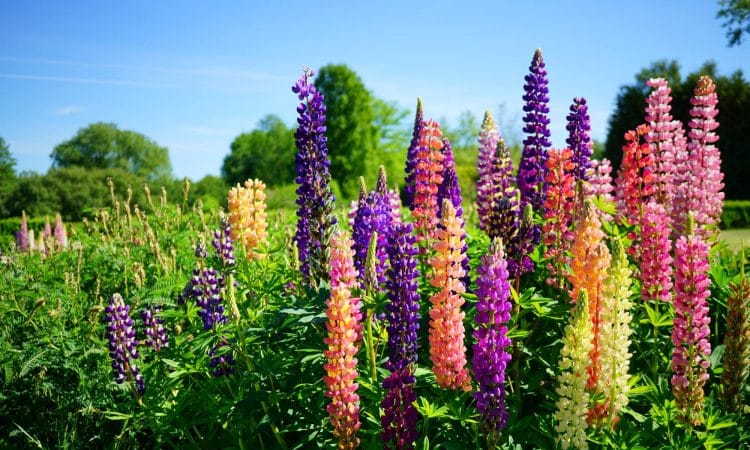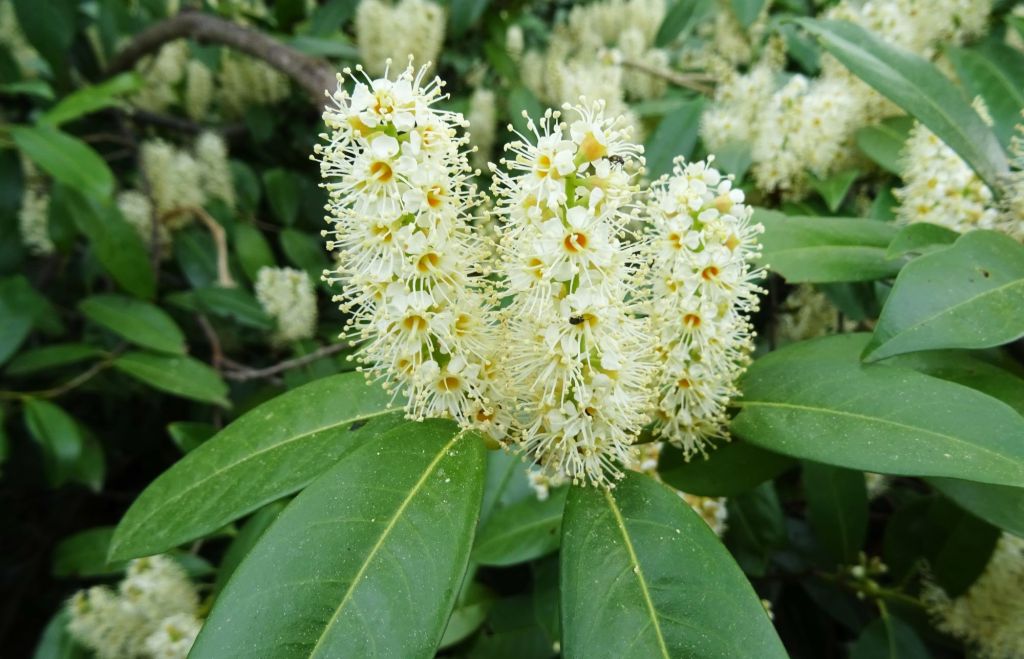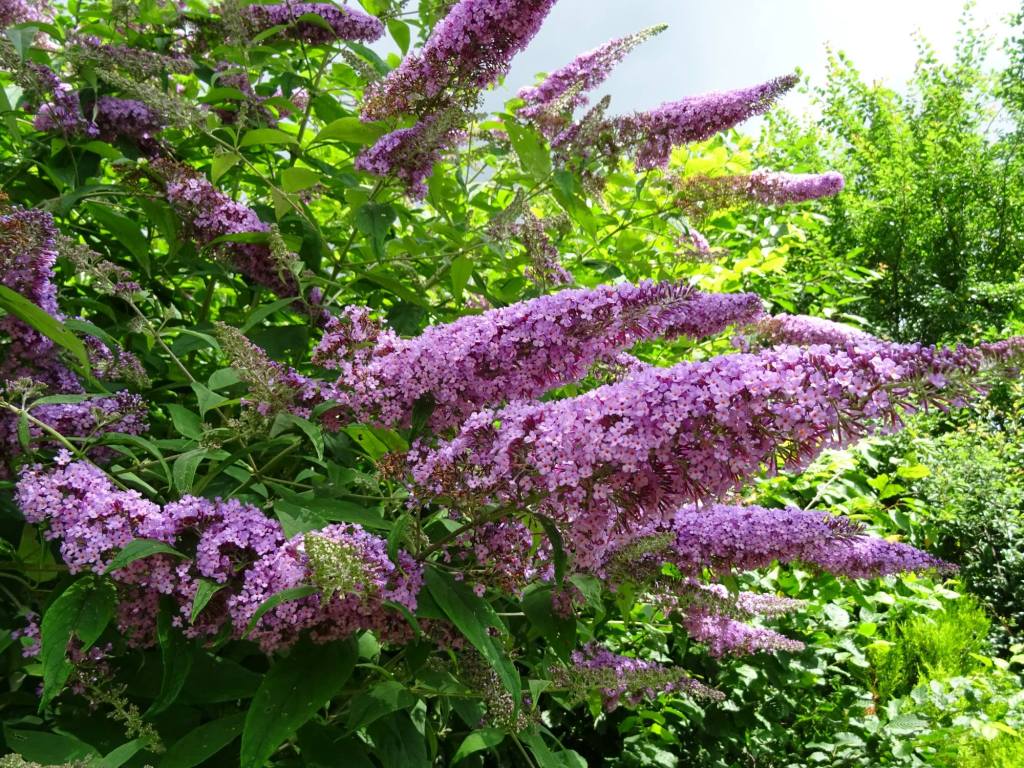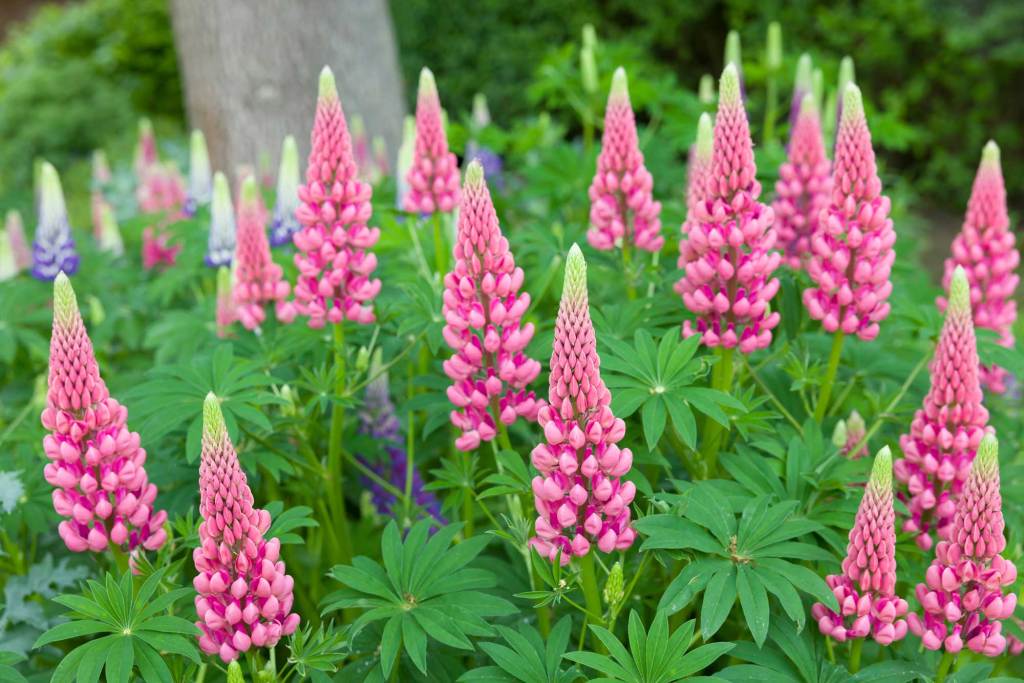
I’ve been a garden owner for a few months now and have been thinking about the garden design for a long time. Which perennials can I plant on the shady slope? Which ones will fit in the sunny bed? And which shrubs can I use as a privacy screen?
When researching in the garden center and online, I often came across the same candidates. Right at the top when it comes to privacy screens: cherry laurel. Alongside other types of laurel, it is the absolute plant bestseller and dominates the gardens – and not just in my neighborhood.
But this popular shrub has come under fire. This is because cherry laurel is an invasive species, or more precisely a so-called neophyte.
Invasive neophytes are plant and animal species that are not native to the area and have been introduced by humans. These “invaders” displace native plants as they often spread unchecked.
In Switzerland, cherry laurel may no longer be sold at all from September 1, 2024. This ban does not apply in Germany. Nevertheless, just like three other popular plants, you should not plant cherry laurel in your garden from an ecological point of view. Read why here.
Cherry laurel is poisonous to humans and animals
Cherry laurel is by far the most popular shrub as a privacy screen. Unfortunately for the animals that live in our gardens. This is because the leaves and fruit of this invasive plant are poisonous.
They therefore cannot serve as a source of food for insects and birds, which means that fewer of these useful creatures can be found in the garden. Fortunately, there are sensible screening shrubs. We have put together some insect-friendly alternatives to laurel hedges for you.

Butterfly bushes are not so good for butterflies
Although this beautiful ornamental shrub attracts butterflies in droves, it is not as insect-friendly as you might think. Although it serves as a food source for flying insects thanks to its tasty nectar, butterflies & Co. do not lay their eggs on the plant. This in turn harms biodiversity.
Another reason not to plant butterfly bush in the garden: It is also an invasive species and displaces native plants through its rapid growth. For this reason, like the cherry laurel, it is no longer allowed to be sold in Switzerland.

Many-leaved lupins displace native plants
Another botanical invader is the beautiful lupine. Hobby gardeners love this plant, which originates from the USA and has brightly colored flowers, because it is so robust and thrives magnificently even in the poorest soil.
But that is precisely the problem. Lupins are able to bind nitrogen from the air to their roots. This makes the soil more fertile and they spread rapidly. Lupins displace native plants that are dependent on poor soils. These include arnica and orchids, for example.
In addition, lupins reproduce extremely quickly and very widely. A single plant has an average of around 60 flowers and these produce around 2,000 seeds, which it flings up to six meters.
If you plant lupins in your garden, it is therefore possible that “your” lupins will soon spread into the neighboring gardens – or worse, into the open countryside around your property.

What should I do if I already have these plants in my garden?
The three plants presented here can be found in many gardens. I have also taken over my garden with a huge cherry laurel hedge. Remove it? Unthinkable!
The information does not mean that what is already there should be banned. It’s much more about being more sensitive in the future when it comes to buying plants.
If you want to make your garden more animal-friendly and closer to nature, a simple tip will help: leave a small part of your garden to nature.
Wild, native plants attract insects, which in turn attract birds to the garden. Because what we consider to be unnecessary weeds are actually useful and valuable for nature.

